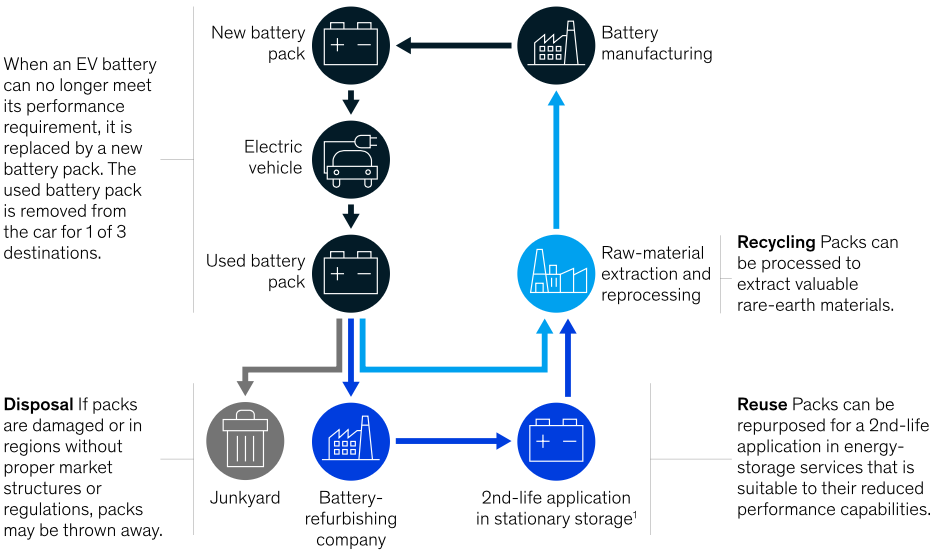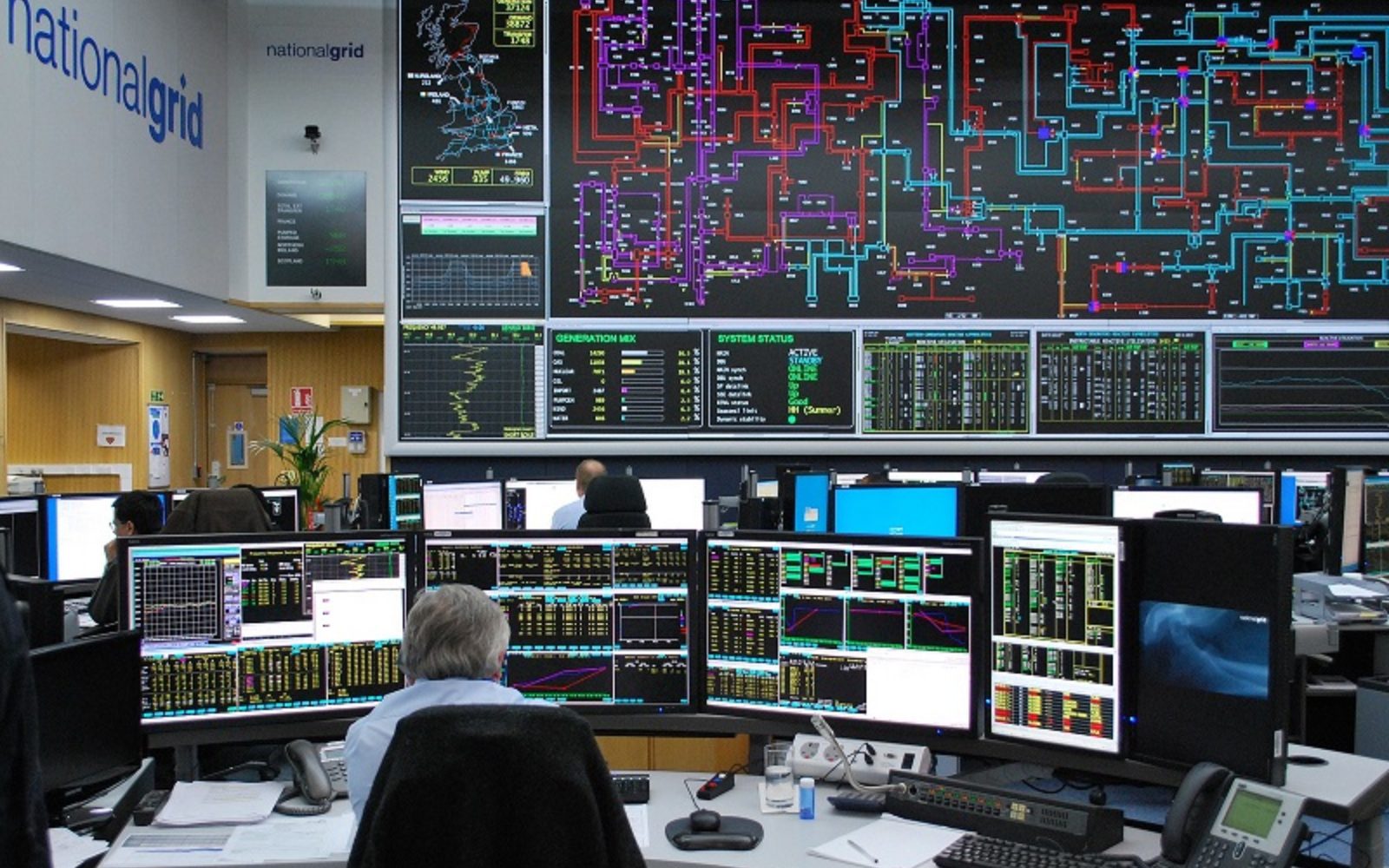You will be able to:
Tag: storage
Cellution Corporate Presentation
Please review our corporate presentation to learn more about our services and background information regarding stationary energy storage.
Download: Cellution Company Introduction (English)
Webinar: Design and Operation of Industrial Battery Storage
New Webinar Available: Design and Operation of Industrial Battery Storage
Introduction
The webinar “Design and Operation of Industrial Battery Storage” is organised by Cellution, Consulting and Engineering for Energy Storage. It will be hosted by Leon Gosh (Cellution, CEO), an experienced system engineer and consultant, specialised in stationary battery systems with experience in R&D and field application.
The webinar gives you a general introduction into different energy storage technologies but is focused on electrochemical (battery) storage. It covers a broad variety of topics like market, applications, project development, design and operation.
Key Aspects
- Understand different types of storage technologies
- Perform a technical and economical assessment
- Execute design and planning tasks for energy storage projects
Content
The content of this webinars divided in four parts and consists of the following topics:
- Applications of Stationary Electrical Energy Storage Systems
- Technology Development, Cost and Market Growth
- Life Cycle Phases
- Performance Indicators
- Lead Acid Batteries
- Redox Flow Batteries
- Li-Ion Batteries
- Economical Assessment
- Design Process
Why Participate?
The design and operation of a utility-scale battery storage system is for many companies new territory and definitely linked to many new challenges. Especially for companies that are not well experienced in the field of battery storage, we are offering a webinar to provide an introduction. This webinar will enable you and your colleagues to work with battery storage, to develop projects and to perform technical as well as economic assessment.
The workshop in person was already held in three different countries (Germany, Spain and Cambodia) on two different continents (Europe and Asia). For further information about the workshop and other services of Cellution, please contact Leon Gosh.
Register Now
Please note: Due to technical restrictions the available places on this webinar are limited.Reserve your spot now and sign in to the webinar early to ensure your participation.
Please note: The webinar will be held via Zoom.
For more information please contact us or visit our website on www.cellutionenergy.com.
More Information and Registration2nd Life Application for EV Batteries
As you may know, Li-Ion batteries loose their capacity (kWh) over their lifetime. At a certain point this means for electrical vehicles, that the range (km), which depends on the battery capacity, is not sufficient anymore. This happens after approximately 5-10 years operation, depending on the behavior of the car owner. What happens with the battery of an electric vehicle after reaching this point? There are three different possible scenarios: disposal, recycling or reuse. The disposal is the most common method and results in a simple combustion of the batter, which is of course not a sustainable use of raw material and neither is it good for the environment. The second option is recycling, where the raw material like cobalt, nickel or manganese is extracted and reprocessed. The third option is to reuse the batteries and give them a 2ndlife.
The batteries after operation in an electric vehicle may have not enough capacity left to satisfy the requirements of transportation but may are still suitable for other applications. This could be e.g. frequency response for the electricity grid or a back up system for a data center. These are stationary applications, which require many battery packs of electric vehicles connected in series and parallel to form a so called utility-scale battery system. Different OEMs like Daimler or Nissan are already working with used EV batteries to develop 2ndlife applications.
The volumes of used EV batteries will be huge in the future with the growing amount of EVs in Europe. This amount can even overcome the amount of new installed stationary utility-scale batteries by 2030.
Despite the huge potential of 2ndlife EV batteries there are as well challenges to overcome like regulations for used battery applications or standards for the development of battery packs, as every OEM has their own battery pack design. Despite that already battery manufacturers are developing different cells for EV and stationary applications (as well called “ESS – Energy Storage System”). This makes totally sense as cells for EV need a high energy density and a lifetime of ~1000 cycles, which results in ~300 000km. Cells for stationary applications need a lifetime of more than ~4000 cycles to realize a feasible business case and the energy density is not as critical as for mobile applications.
2ndlife will definitely be an application that will find its place in the stationary market for a certain duration and is a very good alternative to a direct disposal. But in my opinion in the future the battery packs for EV will be designed for a shorter lifetime to fit the requirements for the this particular applications and afterwards go to a recycling process to extract the raw material. For stationary applications different cells are being developed and with decreasing battery prices the purchase of new batteries will be more economical rather than using the EV batteries after their first end of life.
Please find below an article regarding this topic from McKinsey, which shows most of the aspects discussed above more in detail.
Link to article by McKinsey
Cellution at Intersolar Summit Spain 2019 in Barcelona at June 18th
Cellution will be at the Intersolar Summit Spain 2019 in Barcelona!
Spains solar market is reignited and this leads to big opportunities for the combination with battery storage.
From 2017 to 2018 Spain nearly doubled its yearly new installed solar capacity from 135MW to 262MW. This increase is driven by lower production costs and cancellation of fees and charges such as the sun tax. If you participate at the Intersolar Summit in Barcelona on 18.06.2019 then I would be glad to meet you there!
Find more information about the Intersolar Summit Spain here.
Wind + Storage in Germany
Wind + Storage in Germany is not an easy business case at the moment to develop. Projects like the one below from EWE only work due to big investment from the Japanese Organization NEDO (New Energy and Industrial Technology Development Organization). In case the production of electricity by the wind park is too high for the grid or the prices at the stock are negative, the operator has to turn down the power or even completely shut the whole wind park down. The problem is that the operator gets paid the whole amount he lost due to being prevented to produce electricity. This regulation erases one major benefit a combination with energy storage would offer. Nevertheless cellution is working with wind project developers in Germany on the development of economical feasible business models that combine a broad variety of revenue streams a battery can offer to a wind park. Get in contact with us to discuss opportunities for wind+storage in Europe and we will support you during the evaluation of the business case.
O&M in Energy Storage
Operation and Maintenance is a critical factor in energy storage systems as availability is key to a successful business model and often required by contractual circumstances with customers or grid operators. Not only is non-availability lowering the revenue of a plant, it can as well causing liquidated damages or even harm business relationships on a ling term.
An battery energy storage system is complex and consists of many parts which in total requires a interdisciplinary team to cover all upcoming problems during O&M. From my time at Vattenfall in the maintenance of conventional power plants I experienced that the maintenance is limited nowadays to reactive maintenance. When a part has a failure, the asset manager reacts and mostly replace the part. In case of battery systems this methodology will not succeed on a long term as availability is a crucial factor. Here we will experience the advantages of predictive maintenance with machine learning and big data analysis to lear more about battery operational behavior and failure prediction.
Read an interesting article from energy-storage.news here
Solar needs storage to compete in National Grid’s UK Capacity Market redesign
National Grid has outlined how renewables could participate in the UK’s Capacity Market, unveiling technology-specific de-rating factors that range from 1–15%.
However National Grid’s Daniel Burke warned that there remains a long way to go before renewables can participate in CM auctions, not least because of the need for policy reform.
Any introduction of renewable energy into the CM would require regulatory overhaul from BEIS and market regulator Ofgem, matters which, Burke said, mean it is “quite feasible” to “take some time”.
Wind, solar could be self-financing by 2025 under current European electricity market design
According to the Centre on Regulation in Europe (CERRE), Large-scale solar and wind power projects may already be able to compete in Europe’s wholesale electricity market in 2025. Lower capital costs for large-scale wind and solar projects, and much higher fossil fuel and carbon prices could lead to renewables becoming self-financing by 2025. If these conditions do not materialize, more auctions and tenders may still be needed.
In our opinon at cellution battery technology can help developing more economical models for wind and solar energy in the future and may enable renewables even befor 2025 to compete with conventional energy applications.
Read the full article on PV Magazine
Wind, solar could be self-financing by 2025 under current European electricity market design
Sharing batteries for grid services could net US$2,500 discounts for EDF’s UK customers
EDF Energy is seeking to build a portfolio of domestic batteries to take into energy services markets by offering discounted energy storage units to consumers via a new partnership with manufacturer Powervault. The pair is offering existing solar PV owners as much as £2,000 off the cost of a home battery system if they sign up to EDF Energy grid services. If taken up, this will allow the energy stored in a Powervault 3 battery to form part of an aggregated network that can be used to help balance the grid.
Read the full article on Energy Storage News: https://www.energy-storage.news/news/sharing-batteries-for-grid-services-could-net-us2500-discounts-for-edfs-uk
Nordic region’s largest battery will assist 44MW hydropower plant as it balances the grid
Fortum announced that it will install the newest 5MW/6.2MWh battery energy storage system (BESS) at Forshuvud hydropower plant. It is one of dozens of hydropower plants Fortum owns and operates running off the Dalälven river’s catchment area through central Sweden. As with the Järvenpää battery, the Forshuvud battery will provide frequency regulation services. Forshuvud is a 44MW plant generating around 209.8GWh of electricity annually and is 88% owned by Fortum.
Read the full article on Nergy Storage News: https://www.energy-storage.news/news/nordic-regions-largest-battery-will-assist-44mw-hydropower-plant-as-it-bala











Recent Comments